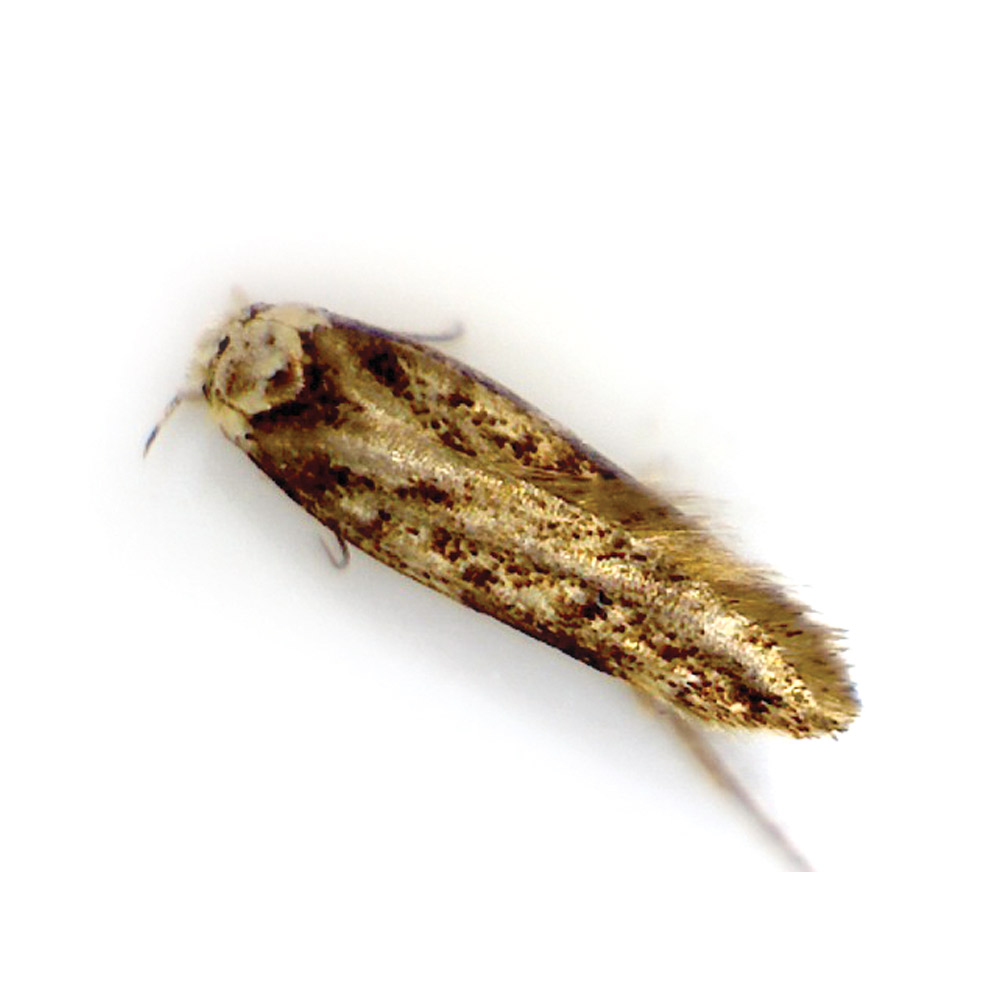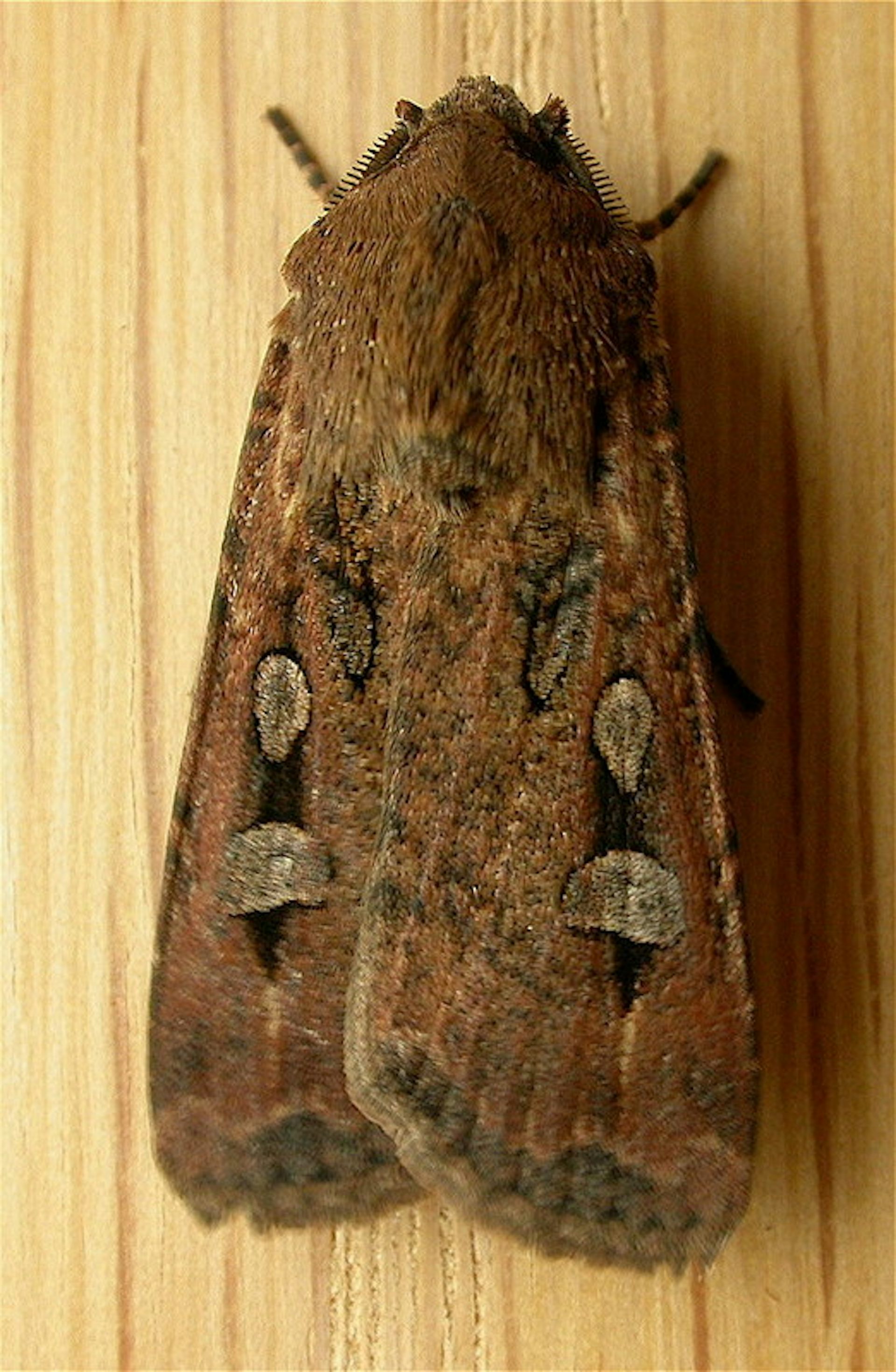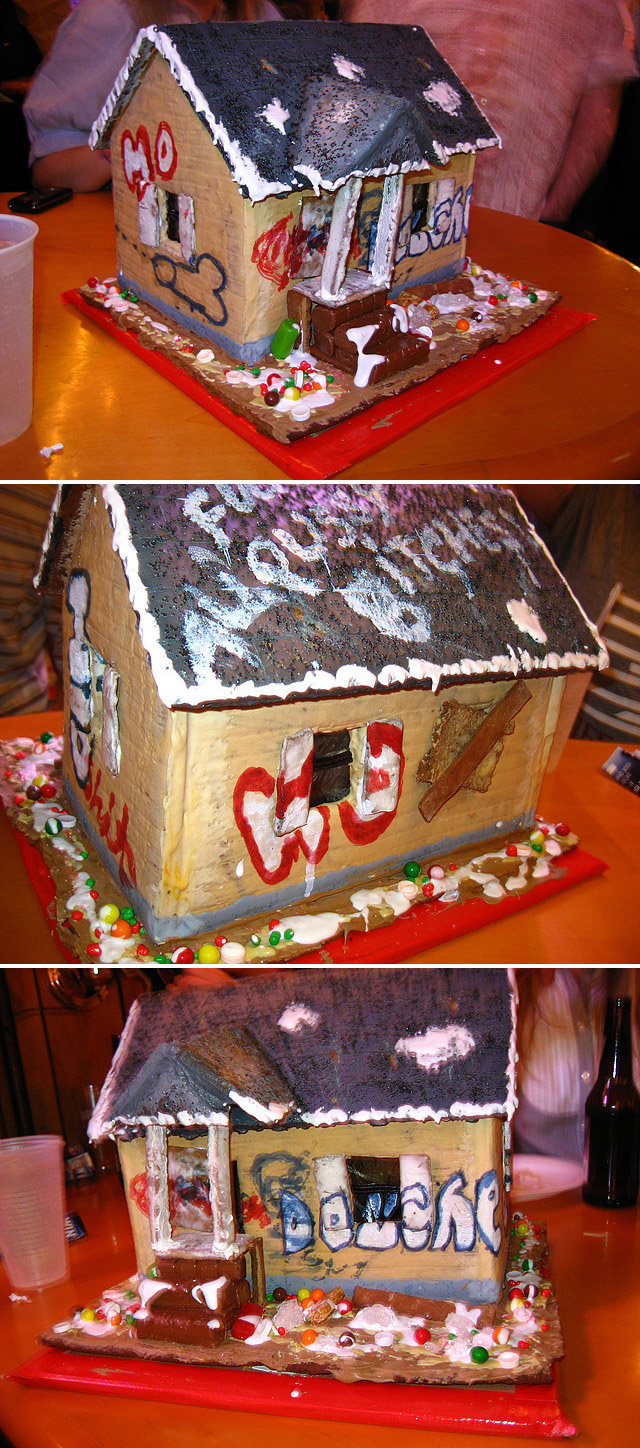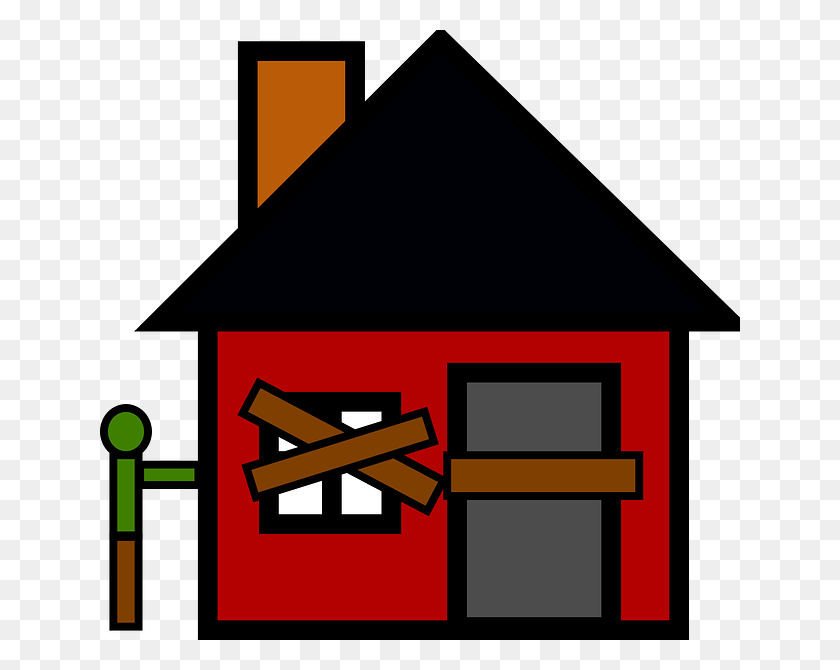Table Of Content
- Behind a secret door in Argentina, a huge Nazi trove with apparent connections to Hitler
- Evidence
- NEW —Wild South Africa
- Meet the Graveyard Cats Guarding a Cemetery in Buenos Aires
- Trove of Nazi Artifacts Found in Secret Room of Argentina Home
- Found: A Secret Nazi Hideaway in the Heart of an Andean Jungle
- The Inalco House - Hitler's Potential South American Hideout

Any visitor to Bariloche will at once be impressed by the Alpine-style architecture that is present all over the city and region. This is not only due to the climatic nature of this mountainous region and the proliferation of wood with which to construct buildings, but also due to the European heritage of the area, which saw many German immigrants settle here in the late 1800s. Bariloche grew around a shop owned by German settler Carlos Wiederhold called La Aleman – or The German – and as such many German-speaking immigrants from Austria, Slovenia, and of course Germany itself chose Bariloche to settle in. “We have turned to historians and they’ve told us it is the original magnifying glass” that Hitler was using, said Nestor Roncaglia, head of Argentina’s federal police.
Behind a secret door in Argentina, a huge Nazi trove with apparent connections to Hitler
A large bookshelf caught their attention and behind it agents found a hidden passageway to a room filled with Nazi imagery. Police say one of the most-compelling pieces of evidence of the historical importance of the find is a photo negative of Hitler holding a magnifying glass similar to those found in the boxes. Investigators have not come to a conclusion about the origin of these artifacts, and experts on Nazi loot are divided about how, exactly, these items may have made their way to Argentina. As World War II came to a close, some Nazis fled to other countries using “ratlines,” underground networks for fugitive Nazis. Wanted Nazi war criminals fled to several countries in South America, including Argentina, to avoid answering for their crimes in Germany. He bought the lot from architect Alejandro Bustillo, who created the original plans of the house in March 1943.
Evidence
In 1998, DNA tests showed that bones recovered in Berlin were Bormann’s, confirming reports that Hitler’s secretary had been killed while fleeing the bunker on 2 May 1945. For a start, the dilapidated buildings were not recently “discovered” – they have actually been open to the public for decades, along with other ruins which date back to the 17th and 18th century settlements established by Jesuit missionaries – and which give the region its name. Not far from the “Nazi” site are the remains of San Ignacio Miní, a Baroque monastery which is one of the area’s most-visited tourist attractions. This weekend, however, reports that archaeologists were examining three recently discovered stone buildings in the jungle of Argentina’s northern Misiones province seemed at last to provide evidence that the notion could have a base in fact. Kopps was connected to Erich Priebke, former Hauptsturmführer in the Waffen SS who participated in the massacre of the Ardeatine caves in Rome, in which 335 Italian civilians were executed after a partisan attack against SS forces. Additionally, the northwest shore of the lake is the site of an isolated house sometimes alleged to have been occupied by Nazi dictator Adolf Hitler following his purported escape from Berlin in April 1945.

NEW —Wild South Africa

They each worked in aviation (Buck in sales, Carlotta as a receptionist), had previous marriages, and were strapping, tall, and extremely good looking—California Apollonians out of central casting. Back home in L.A., as the newlyweds pondered their future, they became preoccupied with a promontory of land jutting out like the prow of a ship from Woods Drive in the Hollywood Hills, about 125 feet above Sunset Boulevard. It was as conspicuous as it was forbidding, visible from the couple’s house on nearby Hillside Avenue. For the Stahls, it became the blank screen on which they projected their dreams of a life together, a place to build a future, a family, and a house like no other. Hundreds of Nazis and fascists, some of them wanted war criminals, were allowed to enter Argentina by the president at the time, Juan Peron.
The Argentine Getaway Where Hitler Might Have Died Is For Sale - Business Insider
The Argentine Getaway Where Hitler Might Have Died Is For Sale.
Posted: Thu, 17 Nov 2011 08:00:00 GMT [source]
This lake harbors several introduced, non-native species of trout,[6] including rainbow trout, brown trout and brook trout which attract anglers from the world over. The lake's crystal clear waters are very susceptible to climate changes and have an average surface temperature of 7 °C (45 °F); this makes it both beautiful and treacherous. Kayaking is a popular sport on this and adjacent lakes.The lake is also the starting point of the Limay River. We know that many of you worry about the environmental impact of travel and are looking for ways of expanding horizons in ways that do minimal harm - and may even bring benefits. We are committed to go as far as possible in curating our trips with care for the planet. That is why all of our trips are flightless in destination, fully carbon offset - and we have ambitious plans to be net zero in the very near future.
While the claims have received some exposure in popular culture, they are regarded by historians and scientific experts as disproven fringe theories. Eyewitnesses and Hitler's dental remains demonstrate that he died in his Berlin bunker in 1945. Later, Merou sold the house to Jorge Antonio, who was connected to the President Perón and was the German representative of Mercedes Benz in the south american country.
Bustillo also built other houses for Nazi fugitives who were later aprehended in the area. The terrain in which the house was erected, on Bajia Istana near the little town of Villa La Angostura, was quite remote and hardly accessible at the time. In March 1954, Clarence “Buck” Stahl and Carlotta May Gates drove from Los Angeles to Las Vegas and got married in a chapel.
Found: A Secret Nazi Hideaway in the Heart of an Andean Jungle
Its seven branches are named Blest (36 km2 or 14 sq mi), Huemul (21.5 km2 or 8.3 sq mi), de la Tristeza (18.5 km2 or 7.1 sq mi), Campanario (7.9 km2 or 3.1 sq mi), Machete, del Rincón and Última Esperanza. It is connected to other smaller lakes such as Gutiérrez, Moreno, Espejo and Correntoso. The deep-blue waters hold a number of islands, most notably Isla Victoria [es] with an area of 31 km2 (12 sq mi), and Isla Huemul on the south end of the lake. But the history of Rustic Canyon does not belong solely to the inhabitants of Murphy Ranch, which was raided the day after Pearl Harbor in 1941, and eventually abandoned fully by 1948.
Among the illicit objects was a bust of Adolf Hitler, a knife with Nazi markings, toys that would have been used to indoctrinate children, a statue of the Nazi eagle, and magnifying glasses packed away into boxes stamped with swastikas. One of the more disturbing artifacts was a medical device used to measure head size. Anthropometry, or the study of the proportions of the human body, was of keen interest to the Nazis, who used their measurements as “proof” of Aryan superiority, Maurice L. Wade writes in Race and Racism in Theory and Practice.
On June 8, Argentine police, in conjunction with international police force Interpol, raided the home of an undisclosed collector in the suburb of Béccar. There, behind a bookshelf leading to a secret passageway, they discovered a hidden room containing approximately 75 Nazi artifacts, including a magnifying glass that is believed to have been used by Adolf Hitler himself. But perhaps the most famous and brazen Nazi that resided in Bariloche was Erich Priebke, an SS commander who escaped to Argentina on papers issued by the Vatican. He lived freely in Bariloche for 50 years, rising to become the director of the town’s German school, Colegio Aleman. Priebke led a blissful life in Patagonia until he was tracked down by ABC News reporter Sam Donaldson in 1994, who confronted him in the street, after which he was put under house arrest by Argentine authorities until he was extradited to Italy after about a year. Reinhard Kopps was another Nazi living in Bariloche who was uncovered by the Donaldson team, and he was actually the one who ratted Priebke out to the newscasters.
Authorities did not identify the collector, who remains free but under investigation by a federal judge. Among the disturbing items were toys that Bullrich said would have been used to indoctrinate children, a large statue of the Nazi Eagle above a swastika, a Nazi hourglass and a box of harmonicas. Some 75 objects were found in a collector’s home in Beccar, a suburb north of Buenos Aires, and authorities say they suspect they are originals that belonged to high-ranking Nazis in Germany during World War II. Some works claim that Hitler and Braun did not commit suicide, but actually escaped to Argentina. Get HISTORY’s most fascinating stories delivered to your inbox three times a week. The complex was completely autonomous, with its own animals and agricultural areas.
He said that a number of objects had been found that linked the buildings to wartime Germany, such as coins minted in the late 1930s and early 1940s and a fragment of Meissen porcelain made in Germany. Researchers from the University of Buenos Aires have discovered artifacts linking the remains of three buildings in the Andean jungles of a provincial park in Teyu Cuare to Nazi leaders, the Washington Post reports. Inside the hideout, they found German coins minted during the Nazi era, a fragment of a German porcelain plate and even a swastika etched into the structures.
Mr Schavelzon told Clarin that his team thought previous theories, such as that the building had been built by Jesuit priests, were "too simplistic". Archaeologists are trying to determine whether ruined buildings in a remote nature reserve in Argentina were built as a hide-out for German Nazi officers. As Soviet tanks rolled into Berlin in the spring of 1945, Adolf Hitler and his new wife Eva Braun escaped from their underground Führerbunker through a secret tunnel. The team notes that the site may have been desirable to the Nazi leadership because of its remoteness and its proximity to Paraguay. “Finding 75 original pieces is historic and could offer irrefutable proof of the presence of top leaders who escaped from Nazi Germany,” Cohen told the AP. The investigation that culminated in the discovery of the collection began when authorities found artworks of illicit origin in a gallery in north Buenos Aires.
We depend on ad revenue to craft and curate stories about the world’s hidden wonders. In addition to the road that leads down from the wrought iron gate entrance, there are several concrete stairways that provide access points from the fire road above down in to the canyon. Signs of the artist colony that took up residence down here in the late 1960s and early 1970s are also evident, including an abandoned VW bus. That includes fencing off the iconic Murphy Ranch power house, left empty when its diesel engines (used for generating power for the compound) were removed years ago. A fresh coat of municipal gray paint has covered up the façade of the power house, but the graffiti on the exterior side walls, roof, and interior still remain… for now.
On our way through the property, we also stopped by an old abandoned farmhouse, reportedly once part of the neighboring Boy Scout Camp Josepho. The parcel of land that houses Murphy Ranch is technically owned by the City of Los Angeles, whose parks department has begun some rehabilitation and graffiti abatement work. But he said he did not think it was ever used, as the Nazis found they could live in relative comfort in Argentine cities rather than have to hide in a remote jungle fortress.


